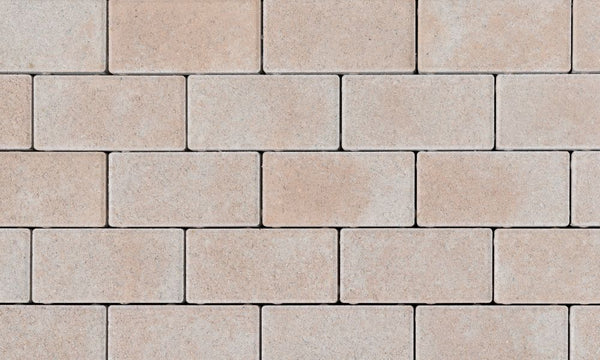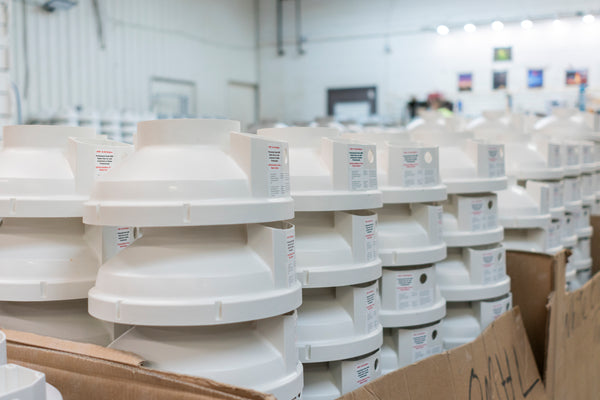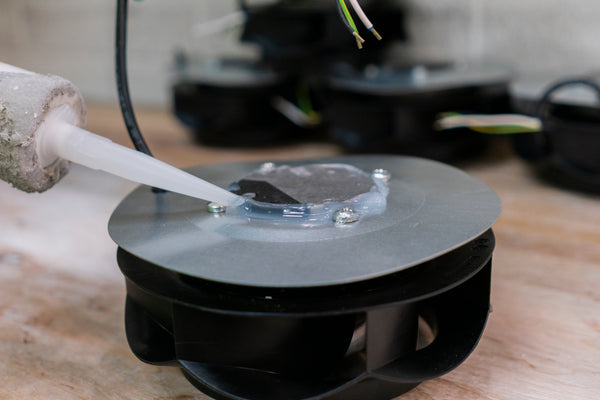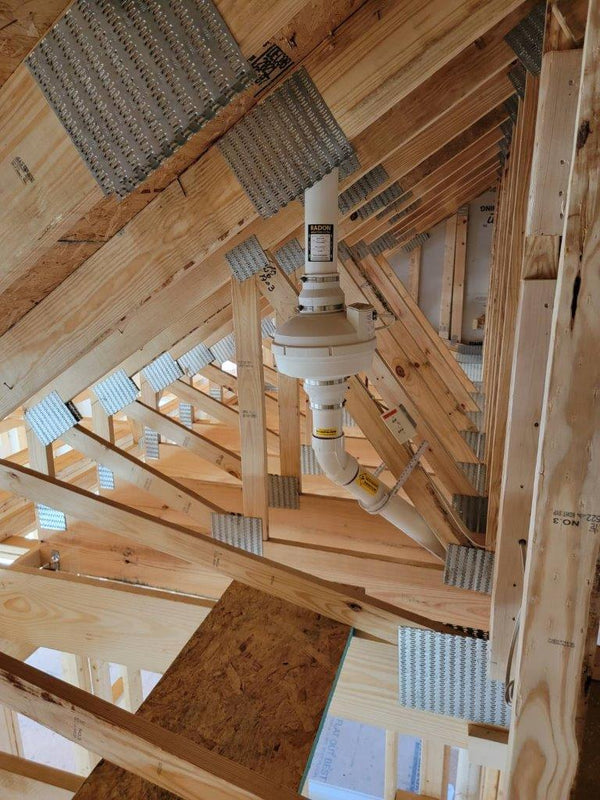
Which Building Materials Emit the Most Radon?
Radon is sometimes called the silent killer. As a byproduct of decaying uranium, it works its way up through the soil and can accumulate in homes and other structures. People exposed to radon for long periods may develop lung cancer. Fortunately, you can keep radon moving up and out of your house through radon mitigation systems. However, the earth might not be the sole source of radon in your home. Which building materials emit the most radon?
Concrete
Since many products intended for building materials come from the earth, it’s unsurprising that some contain radon. Concrete, for instance, is a combination of water; an aggregate of rock, sand, or gravel; and cement, which consists of calcium, silicon, aluminum, iron, limestone, and other materials. These materials are likely to encounter radium, uranium, or radon itself in the ground. Not all concrete contains radon, but it’s not uncommon to emit the gas.
Gypsum Board
Unless you’re in the construction business, you know gypsum board by its more common name, drywall. Drywall serves to create walls and ceilings. Gypsum is a mineral and comes from the earth, so gypsum board may emit radon gas, though it’s less likely to contain the gas than other building materials.
Natural Stones
Natural stone can provide beautiful countertops, floors, and other surfaces that stoneworkers polish and refinish. Unfortunately, they are susceptible to radon infiltration. You’re probably noticing a theme here. Many materials like granite, marble, and limestone are tested for radon emission, but not all, so it’s worth testing them before installing that granite countertop in your kitchen.
Bricks and Tile
There are a wide variety of bricks and tiles out there. Most are made from shale or clay, which can contain, you guessed it, radon. Bricks and tile can emit low levels of radon as the gas breaks down, which raises radon levels in the home.
What To Do?
As you can see, there’s no hard and fast rule on which building materials emit the most radon because it depends on where they came from. Still, if you have concerns, you’re not helpless to reduce the risk of radon-containing materials. Requesting tested materials is a good first step. Porous materials tend to have more radon in them, so watch for those. Finally, improving ventilation; installing mitigation systems; and incorporating fans, piping, and radon fan cover boxes can minimize radon exposure.





